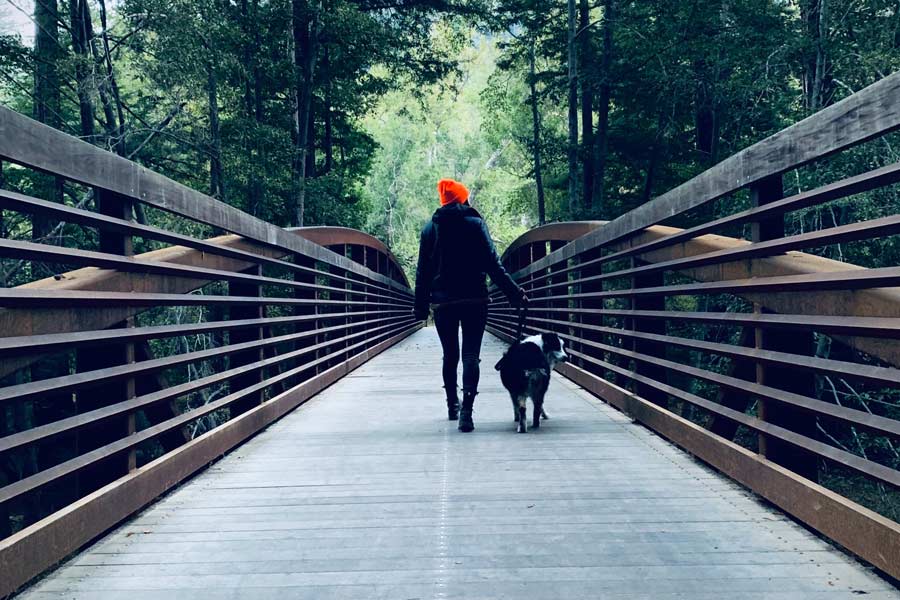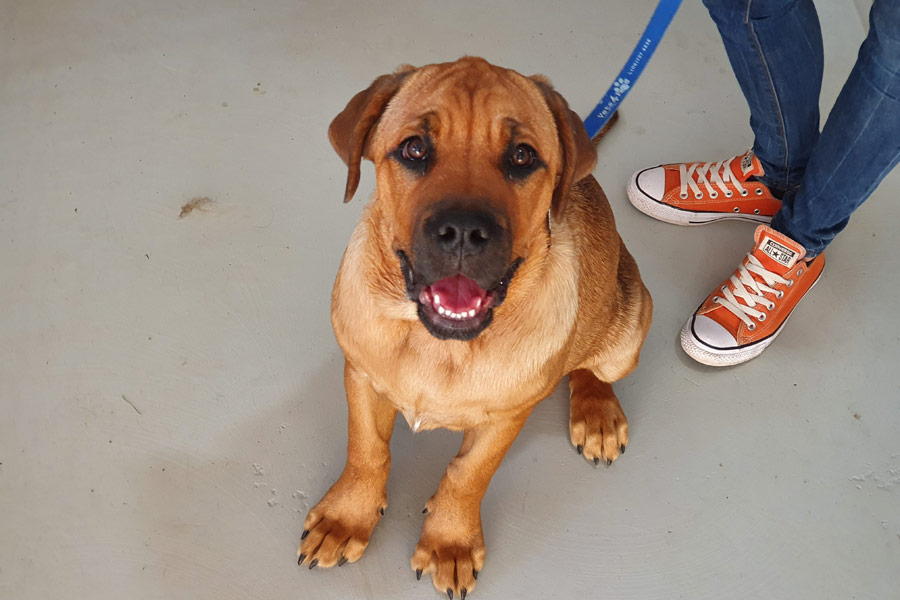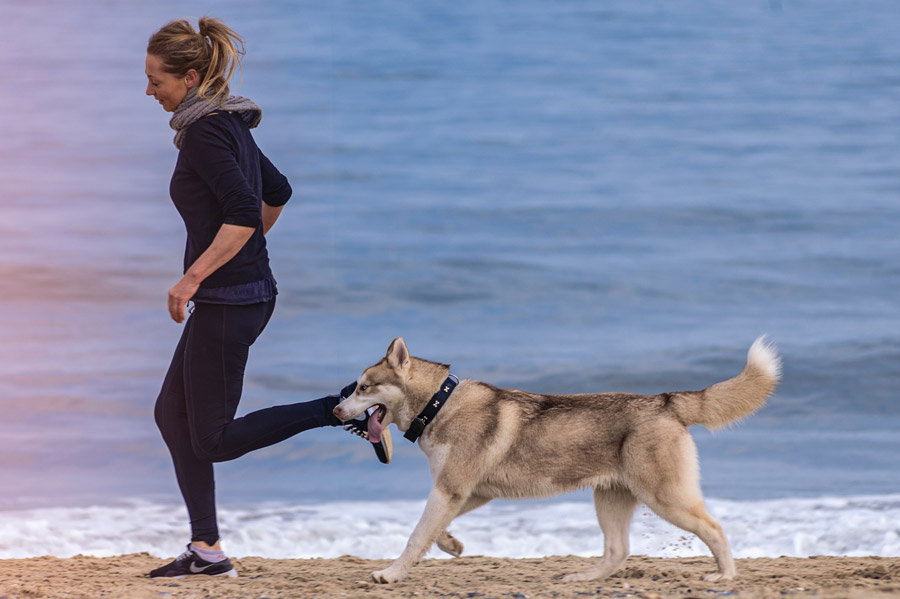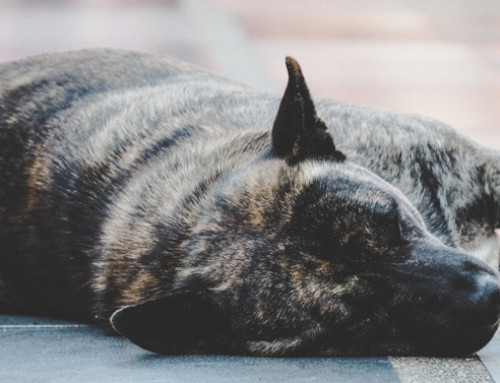No matter how big or small Rover is, he’ll need daily exercise and while you might think walking and running your dog is easy peasy, there’s a right way and a wrong way. Yes, really!
Walking and running your dog is essential; if you don’t Rover is likely to start tearing up the house—in the same way that kids turn into crazy coconuts if you don’t wear them out with some outdoor fun.
What’s more, failure to exercise Rover can actually result in bigger issues down the track, like behavioural problems—which are likely to send you barking mad! So, to avoid dog-related troubles, it makes sense to get the exercise thing down pat. Here’s the 101 on walking and running your dog.
Walking your dog (properly)
Walking your dog is not only about giving his or her body a workout; it’s also about exercising Rover’s mind and reinforcing the fact that you are the boss. If your dog is walking in front of you, he or she sees itself as the leader—this can lead to big behavioural issues in the future.
Allowing your dog to walk ahead of you also affects the level of exercise they get. The dog believes it’s leading its pack; this takes responsibility and can lead to mental stress and anguish, which can turn your dog into a crazy canine.
So, if you’re finding your dog is hyper and constantly running laps around your yard, hone in on its exercise and ask yourself, ‘do I walk the dog?’ or ‘does the dog walk me?’

Here are a few tips on walking your dog the right way.
Don’t rush
If you’re going to give your dog a proper walk you need to allow enough time. Thirty minutes to an hour is ideal, but you’ll need to take into consideration your dog’s size, age and health status. For example, a senior dog may only need a short walk.
Use a short leash
A long leash allows the dog to run-a-muck, so make sure you have a short leash as this gives you the authority. Attach the leash to the top of your dog’s collar (as opposed to under the chin) as this gives you better control.
Lead the way
The golden rule of dog walking is to walk in front of Fido. Now you are the pack leader, the head honcho if you will!
It’s okay for your dog to walk beside you, but don’t let them overtake and gain control.
Reward good behaviour
If your dog toes the line and walks behind you, as he should, without pulling and tugging—he gets a Scooby snack. You can also allow him a bit of extra rope to sniff around and explore, but make sure you let him know when it’s time to focus on the walk again.
Be a consistent leader
To ensure your dog really knows who’s boss, maintain head honcho status when you get home. Don’t allow your dog to go bolting through the front door ahead of you. Remain in control and make your dog sit and wait while you take your coat and shoes off.
How to run with your dog (the right way)
Running with your dog is an awesome way for both of you to get some exercise and enjoy the outdoors—but not if you keep falling over your dog! This is likely to result in injury (to you and Rover) and embarrassment.
When it comes to running with your dog, first check that your dog is capable of running. No, really! Believe it or not, some dogs don’t take well to running (those with short, little legs; dogs with short snouts and any dog that has joint or heart issues).
Providing your dog is fit, healthy and equipped to run, here are some tips to assist you.
Slowly does it
Don’t just make a sudden sprint for it; walk first and build up to a run. Interval running is a good way to get your dog used to running (good for your health too). Allow your dog to rest after about 15-20 minutes and finish up with a walk.
Practice this routine for a couple of weeks before taking things further.
Introduce cues
When you shift from walking to running and from running to walking, try introducing cues to help give your dog the heads up on what’s coming next. For example, you could say “speed up” as you transition to a run and “slooow” as you return to walking.
You can use any words you want but make sure they sound quite different and keep it consistent.
Walking and running your dog can be rewarding for both you and your four-legged friend. However, making sure you are doing it the right way will make things a lot easier. After all, having Rover take you for a walk is no fun — and likely to end up in an injury.
Have you made any mishaps when it comes to walking or running with your dog?
Image source: Unsplash








Leave A Comment